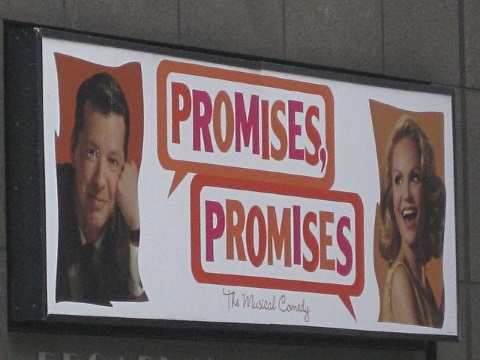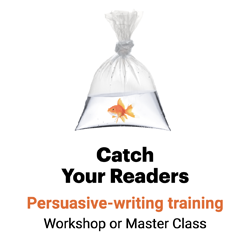We want to act consistently with our commitments and values
Social scientist Anthony Greenwald and his colleagues asked potential voters on the eve of an election to predict whether they would vote and why.

Nearly 87% of those who made a prediction turned out to vote vs. 62% of those who didn’t. That’s a difference of 40%.
Making a commitment makes a difference.
Promise keepers
Call it the Commitment Rule: Our audience members want to act consistently with their commitments and values.
Commitment is one of 6 principles of persuasion outlined by Robert B. Cialdini — the emperor of influence — in his seminal book Influence.
It’s the human condition to keep commitments.
“Once we have made a choice or taken a stand, we will encounter personal and interpersonal pressures to behave consistently with that commitment,” Cialdini writes. “Those pressures will cause us to respond in ways that justify our earlier decision.”
Take the pledge.
That’s why a restaurant owner reduced no-shows by 67% by asking “Will you please call if you need to cancel?” instead of saying “Please call if you need to cancel.” No-shows dropped from 30% to 10%, report Noah J. Goldstein, Steve J. Martin and Cialdini in Yes! 50 Scientifically Proven Ways to Be Persuasive.
Commit your audience.
Commitments are most effective when they’re active.
Students who filled out a form saying they wanted to volunteer for an AIDS education project were more likely to show up than those who left blank a form saying they didn’t want to participate, according to the authors of Yes!
Nearly half of these active volunteers kept their promise in this study by social scientists Delia Cioffi and Randy Garner. Only 17% of passive volunteers showed up.
So instead of, say, having your receptionist write down the time and date of the next appointment on a reminder card, have clients fill out the card themselves.
You can also gain commitment by asking people to take the pledge.
Bottom line: Asking for commitment — and making that commitment active — can help you move people to act.
___
Sources: Noah J. Goldstein, Steve J. Martin and Robert B. Cialdini, Yes! 50 Scientifically Proven Ways to Be Persuasive, Free Press, 2008

Leave a Reply